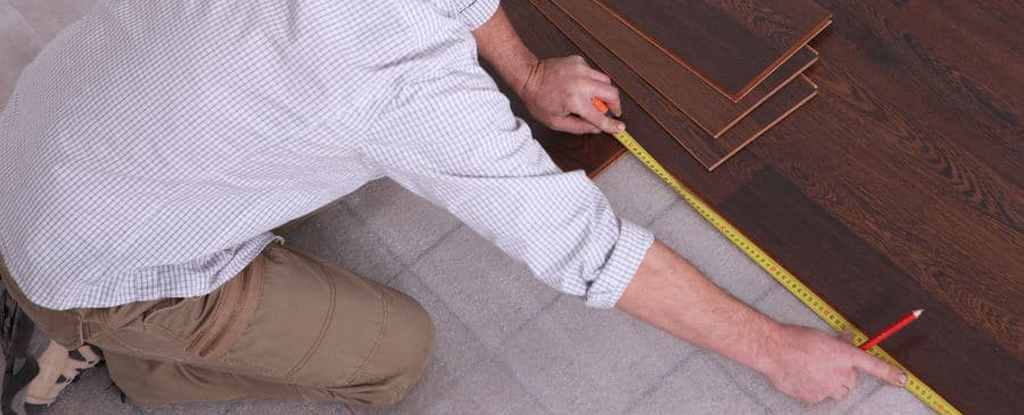Floating wood flooring has become increasingly popular over the years because of its ease of installation and flexibility. Unlike traditional wood flooring, floating floors do not require glue or nails to attach the planks to the subfloor.
However, despite its advantages, there are also some challenges associated with the installation of floating wood flooring . It’s important to know these matters beforehand so you are prepared for any potential issue.
Be sure to read the rest of our articles for more information on flooring!
Uneven Subfloors
One of the biggest challenges of floating wood installations is ensuring that the subfloor is completely level. Any unevenness in the subfloor can cause the floating floor to shift or buckle over time, leading to a less-than-perfect finished product.
It is essential to level the subfloor before installing the floating floor. You will need the help of a professional.

Moisture Control
Moisture is another challenge when it comes to these kinds of installations. Since floating floors are not attached to the subfloor, they are more susceptible to moisture damage than traditional floors.
It is important to ensure that the subfloor is completely dry before installing the floating floor. Installing a vapor barrier can also help prevent moisture from seeping into the floating floor.
Expansion and Contraction
Floating floors are designed to expand and contract with changes in temperature and humidity. However, if it is not installed properly, it can lead to gaps or buckling in the planks. To avoid this, it is important to leave a small gap between the edge of the floating floor and the wall to allow for expansion and contraction.
Quality of the Flooring
Not all floating wood floors are created equal. The quality of the flooring material can vary greatly, and choosing a low-quality material can result in a less durable and less attractive finished product. When choosing floating flooring material, it is important to consider factors such as the thickness of the planks, the quality of the finish, and the type of wood used.

In conclusion, floating wood flooring installations can be a great option for homeowners looking for an easy and flexible way to install wood flooring. However, there are also some challenges to consider.
By taking these challenges into account and working with a professional installer, homeowners can achieve beautiful and long-lasting results with their floating wood flooring installations.

